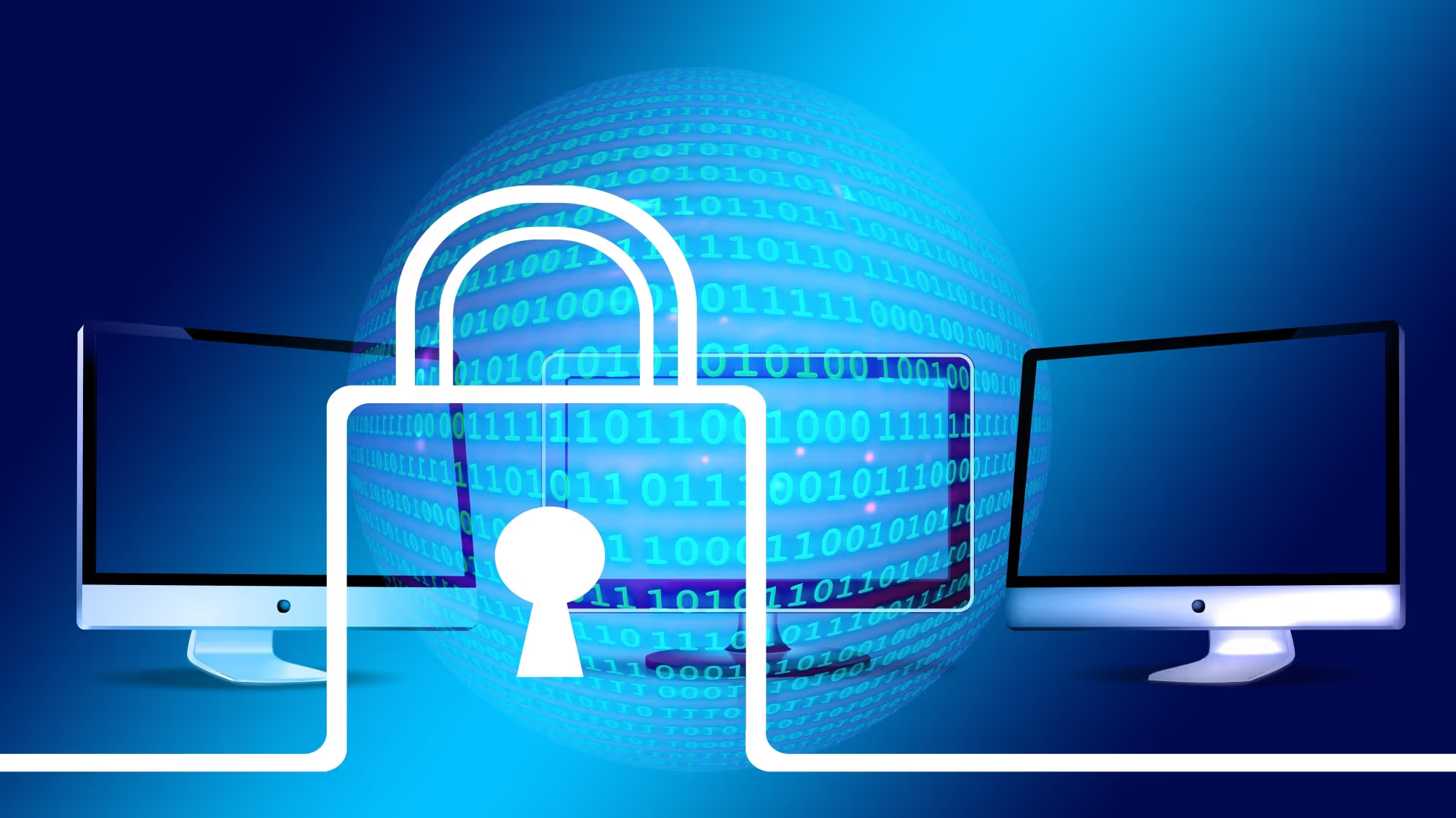In today's digital age, file sharing has become an essential aspect of modern-day businesses. However, with the growing need for file sharing comes the risk of data breaches, which can be costly and damaging to your organization. Therefore, it is vital to have a secure file sharing system in place to protect your sensitive information. In this article, we will cover everything you need to know about secure file sharing.
Table of Contents
1. Introduction
2. What is secure file sharing?
3. Importance of secure file sharing
4. Types of secure file sharing
• Cloud-based
• Peer-to-peer
• Hybrid
5. Benefits
6. Features
7. Best practices
• Strong password policy
• Two-factor authentication
• Encryption
• Access control
• Regular backups
• Monitoring and reporting
• Compliance with industry regulations
8. Common security risks
9. How to minimize the risk of file sharing
10. Choosing the right secure file sharing solution
11. Conclusion
12. FAQs
1. Introduction
File sharing refers to the act of transferring digital files from one user to another. It is an essential aspect of modern businesses, enabling teams to work collaboratively on projects and share information. However, file sharing can also pose significant security risks, such as unauthorized access, data breaches, and malware infections. Therefore, it is crucial to have a secure file sharing system in place to protect your sensitive information.
2. What is secure file sharing?
Secure file sharing refers to the process of transferring digital files in a secure and controlled manner. It involves the use of encryption, access controls, and other security features to ensure that only authorized users can access the files. Secure file sharing is essential for protecting sensitive information, such as financial data, customer information, and intellectual property.
3. Importance of secure file sharing
Secure file sharing is essential for protecting your organization's sensitive information. Data breaches and cyberattacks can have a devastating impact on businesses, including financial losses, reputational damage, and legal liabilities. By implementing a secure file sharing system, you can reduce the risk of data breaches and ensure that your sensitive information is protected.
4. Types of secure file sharing
There are three main types of secure file sharing:
Cloud-based
Cloud-based secure file sharing involves storing files in a secure, remote location, such as a cloud server. This type of file sharing allows users to access files from anywhere with an internet connection. Cloud-based secure file sharing solutions typically offer a range of security features, such as encryption, access controls, and data backup.
Peer-to-peer
Peer-to-peer secure file sharing involves transferring files directly between users without the need for a central server. This type of file sharing is often used for large file transfers, such as video and audio files. However, peer-to-peer file sharing can pose security risks, such as the risk of malware infections.
Hybrid
Hybrid secure file sharing combines the benefits of cloud-based and peer-to-peer file sharing. This type of file sharing involves storing files in a central cloud server while allowing users to transfer files directly between each other. Hybrid secure file sharing solutions typically offer a range of security features, such as encryption, access controls, and data backup.
5. Benefits
There are several benefits of secure file sharing, including:
- Protecting sensitive information: Secure file sharing allows you to protect your sensitive information, such as financial data, customer information, and intellectual property, from unauthorized access.
- Improved collaboration: Secure file sharing allows teams to work collaboratively on projects, regardless of their location. This can improve productivity and efficiency within the organization.
- Regulatory compliance: Many industries have regulations in place that require organizations to protect sensitive information. Secure file sharing solutions can help you comply with these regulations.
- Reduced costs: Secure file sharing solutions can help you reduce the costs associated with data breaches and cyberattacks, such as legal fees and reputational damage.
6. Features
Secure file sharing solutions typically offer a range of features to protect your sensitive information, including:
- Encryption: Encryption is the process of converting data into a code to prevent unauthorized access. Secure file sharing solutions often use encryption to protect your files during transit and at rest.
- Access controls: Access controls are used to restrict access to sensitive information. Secure file sharing solutions often allow you to set access controls based on user roles and permissions.
- Two-factor authentication: Two-factor authentication involves using two methods to verify a user's identity, such as a password and a fingerprint scan. This can provide an additional layer of security for your files.
- Monitoring and reporting: Secure file sharing solutions often provide real-time monitoring and reporting features to help you track who is accessing your files and when.
- Compliance with industry regulations: Secure file sharing solutions often comply with industry regulations, such as HIPAA and GDPR.
7. Best practices
To ensure that your file sharing system is secure, it is important to follow these best practices:
- Strong password policy: Use strong passwords that are difficult to guess and require users to change their passwords regularly.
- Two-factor authentication: Implement two-factor authentication to provide an additional layer of security.
- Encryption: Use encryption to protect your files during transit and at rest.
- Access control: Implement access controls to restrict access to sensitive information.
- Regular backups: Regularly backup your files to ensure that you can recover them in the event of a data loss.
- Monitoring and reporting: Monitor your file sharing system and generate reports to track who is accessing your files and when.
- Compliance with industry regulations: Ensure that your file sharing system complies with industry regulations, such as HIPAA and GDPR.
8. Common security risks
File sharing can pose several security risks, including:
- Unauthorized access: File sharing can allow unauthorized users to access sensitive information.
- Data breaches: File sharing can increase the risk of data breaches, which can be costly and damaging to your organization.
- Malware infections: File sharing can increase the risk of malware infections, which can compromise your files and systems.
- Human error: Human error, such as accidentally sharing sensitive information, can pose a security risk.
9. How to minimize the risk of file sharing
To minimize the risk of file sharing, it is important to follow these best practices:
- Use a secure file sharing solution that encrypts your files during transit and at rest.
- Implement access controls to restrict access to sensitive information.
- Regularly backup your files to ensure that you can recover them in the event of a data loss.
- Monitor your file sharing system and generate reports to track who is accessing your files and when.
- Educate your employees about the importance of secure file sharing and provide training on how to use your file sharing system securely.
10. Choosing the right secure file sharing solution
When choosing a secure file sharing solution, it is important to consider the following factors:
- Security features: Ensure that the solution offers encryption, access controls, and other security features to protect your files.
- Compliance with industry regulations: Ensure that the solution complies with industry regulations, such as HIPAA and GDPR.
- Ease of use: Choose a solution that is easy to use and does not require extensive training for your employees.
- Cost: Consider the cost of the solution, including any ongoing fees and maintenance costs.
- Integration: Consider whether the solution integrates with your existing systems, such as your email and document management systems.
- Support: Choose a solution that offers reliable customer support to assist you in case of any issues or concerns.
11. Conclusion
Secure file sharing is essential for protecting your organization's sensitive information. By implementing a secure file sharing system, you can reduce the risk of data breaches and ensure that your sensitive information is protected. To ensure the security of your file sharing system, it is important to follow best practices, such as using strong passwords, implementing access controls, and regularly monitoring and reporting on your system.
12. FAQs
1. What is secure file sharing?
Secure file sharing refers to the process of transferring digital files in a secure and controlled manner.
2. What are the benefits of secure file sharing?
The benefits of secure file sharing include protecting sensitive information, improved collaboration, regulatory compliance, and reduced costs.
3. What are the common security risks of file sharing?
The common security risks of file sharing include unauthorized access, data breaches, malware infections, and human error.
4. How can I minimize the risk of file sharing?
To minimize the risk of file sharing, it is important to use a secure file sharing solution, implement access controls, regularly backup your files, monitor your system, and educate your employees.
5. How do I choose the right secure file sharing solution?
To choose the right secure file sharing solution, consider security features, compliance with industry regulations, ease of use, cost, integration, and support.











